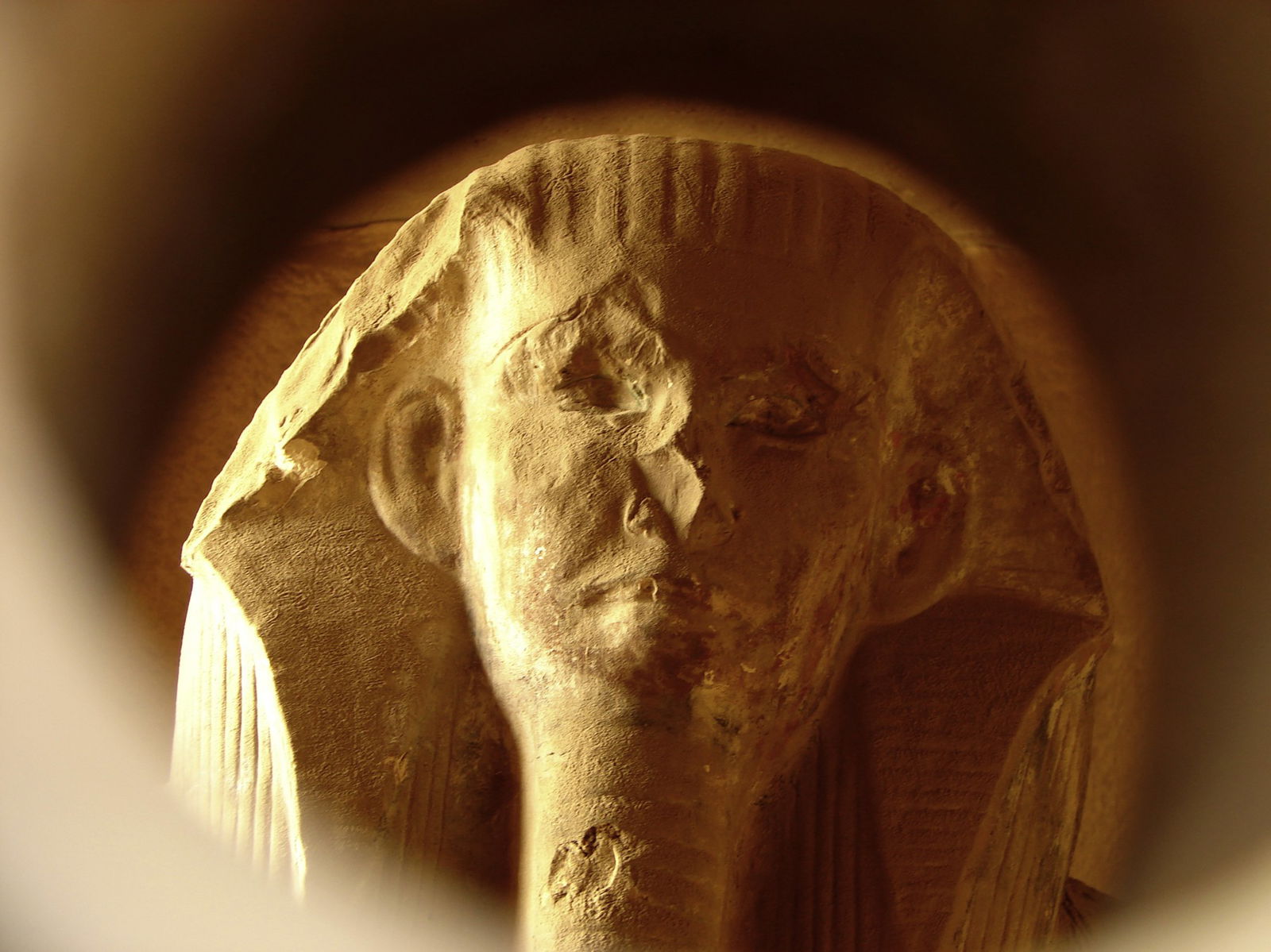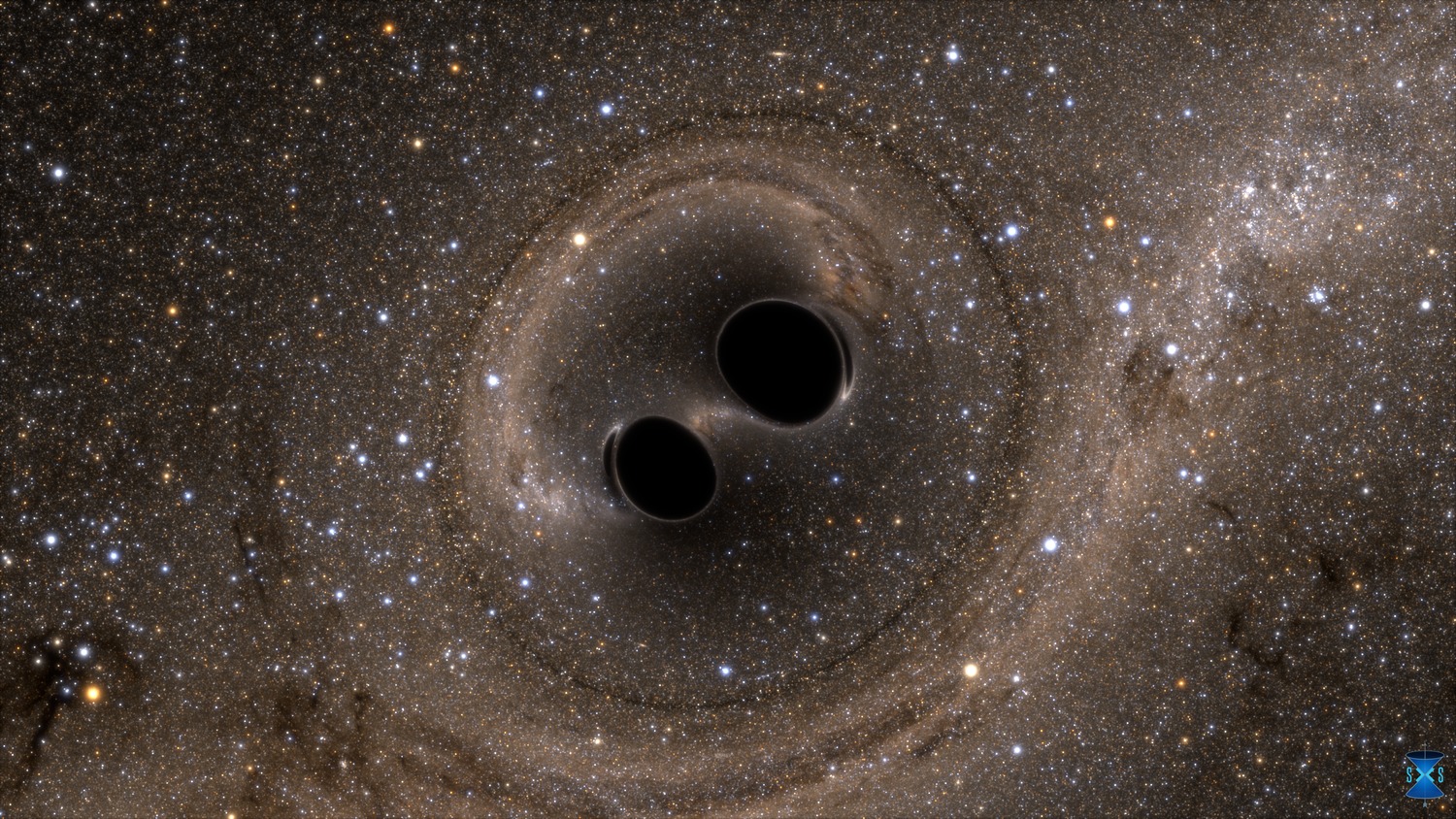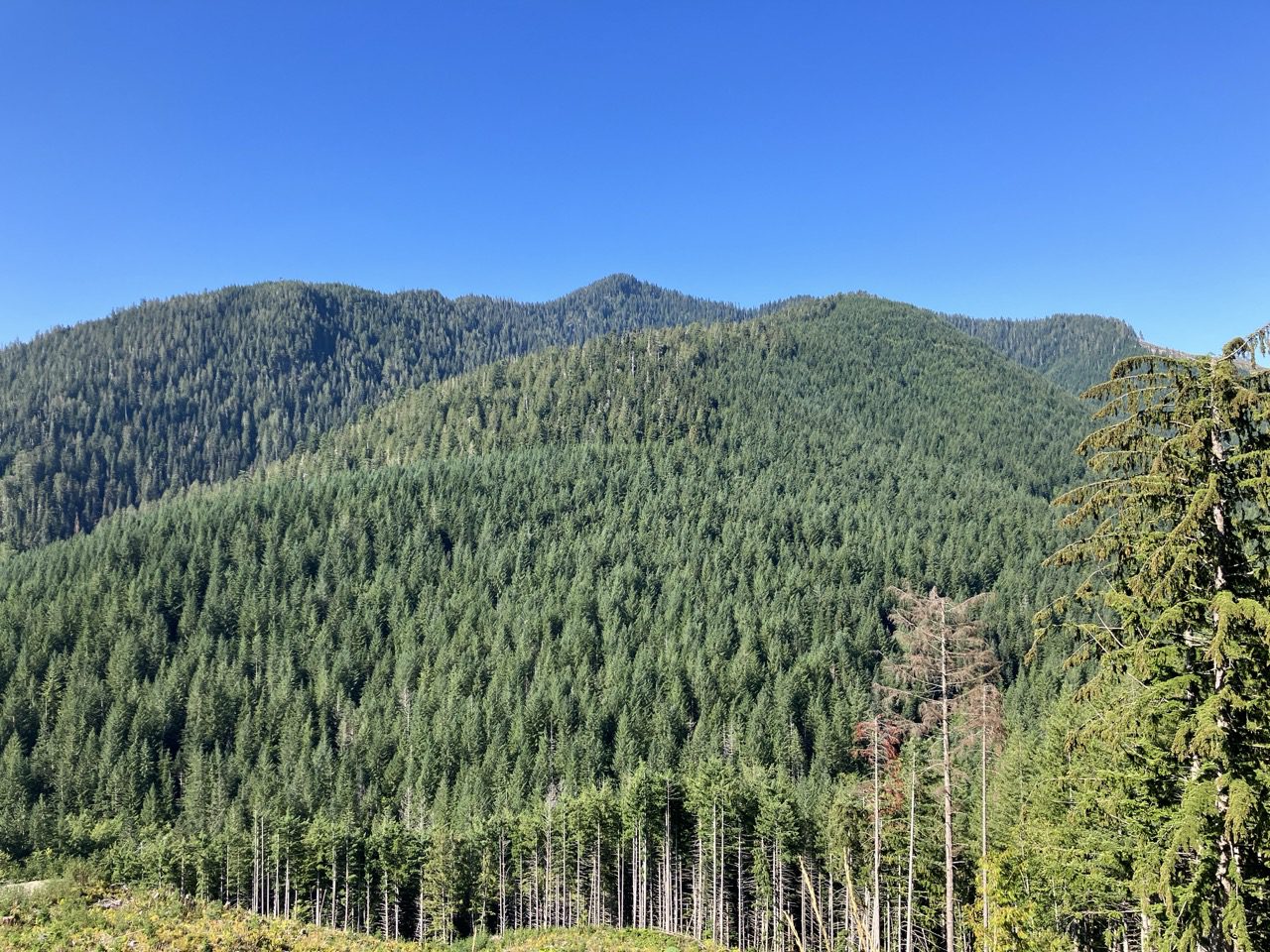the Massachusetts Institute of Technology Specialists at the Massachusetts Institute of Technology (MIT) and the University of Oxford have found rocks in Greenland that have preserved their original properties in excellent condition despite 3.7 billion years having passed since their formation. Researchers were also able to detect Earth's magnetism trapped in rocks To measure: The result was 15 microtesla, which is surprisingly similar to the day's average of 30 microtesla. These rocks contain one of the oldest evidence of our planet's magnetic field, and thus we also obtain information about the initial conditions for the formation of life.
“In theory, our magnetic field is one of the reasons why Earth is truly unique and habitable,” said Claire Nicholls, head of the research. “We know that our magnetic field is what protects us from harmful radiation from space, while also helping to preserve our seas and atmosphere in the long term.”
Number of rock samples examined
Source: Massachusetts Institute of Technology
In previous research, Earth's magnetism was found to be 3.5 billion years old, so the latest data pushes this back to 200 million years ago. This is important because, according to our ideas, life began at these times, so if magnetism did exist, it could have fostered the development of life.
Currently, our planet's magnetism is created by the current induced in the molten outer layer of the Earth's iron core, with the Earth's core acting as a dynamo. Thanks to this, our magnetic field extends beyond the boundaries of the planet.
According to experts, this could have existed in the past as well, and may have enabled life to survive by shielding from radiation and protecting our atmosphere. In order to prove this, it was necessary to find ancient rocks from which the magnetism of the past could be discovered. So researchers led an expedition to Greenland, where they extracted samples of the oldest surviving rock formations on our planet.
Greenland's banded ironstone is a 3.7 billion-year-old rock that has a particularly beautiful pattern
Source: Massachusetts Institute of Technology
During rock formation, contemporary magnetism affects how magnetic mineral grains (such as iron oxide) are arranged in rocks. However, these ancient marks can be erased or disturbed if the rock becomes a victim of the pressure of plate tectonic movements, high temperature, or hydrothermal activity. This is why it is not easy to find a rock that can bear witness to ancient magnetism. However, fortunately, the Isua rock formation has survived these dramatic impacts and has remained largely unchanged at its birthplace since ancient times.
These rocks formed in ancient oceans before the level of oxygen in our atmosphere began to rise. Because of this, the iron cannot oxidize, but rather floats dissolved in seawater until it reaches a critical density and precipitates. The end result is a very striking and particularly beautiful rock with a striped pattern. Based on previous tests, the proportions of uranium and lead present in the rocks were determined, and the age of the iron-containing grains in these ranges has already been determined: they are 3.7 billion years old. This means that if magnetic data could also be extracted, it would also be from this era.
The rock samples were tested using a very complex and precise procedure, thanks to which it was possible to detect a force of 15 microtesla. “It's half the size today, but the same size,” Nichols said. “Being as strong as it is today also means that the forces that create our magnetic field today have not changed much over billions of years.”
In addition to the rocks, the researcher's size helps understand the size of the bands.
Source: Massachusetts Institute of Technology
The rocks experienced some degree of warming on two occasions (2.8 and 1.5 billion years ago), but the heat was not enough to stir or erase ancient magnetism.
The existence of an ancient magnetic field also raises questions. According to our current ideas, the outer and inner parts of the Earth's core have not yet separated, so in theory, even a dynamo could not have formed. Either our planet's early magnetic field was generated by something else, or we have to change our current theories about our planet's evolution. Researchers believe that it is likely that this ancient magnetism was created in a different way, but whatever created it would have been just as effective as it is today.
























![The Italian Souls clone has been delayed, but is coming to multiple consoles [VIDEO]](https://thegeek.hu/wp-content/uploads/sites/2/2024/05/thegeek-Enotria-The-Last-Song-1.jpg)





















